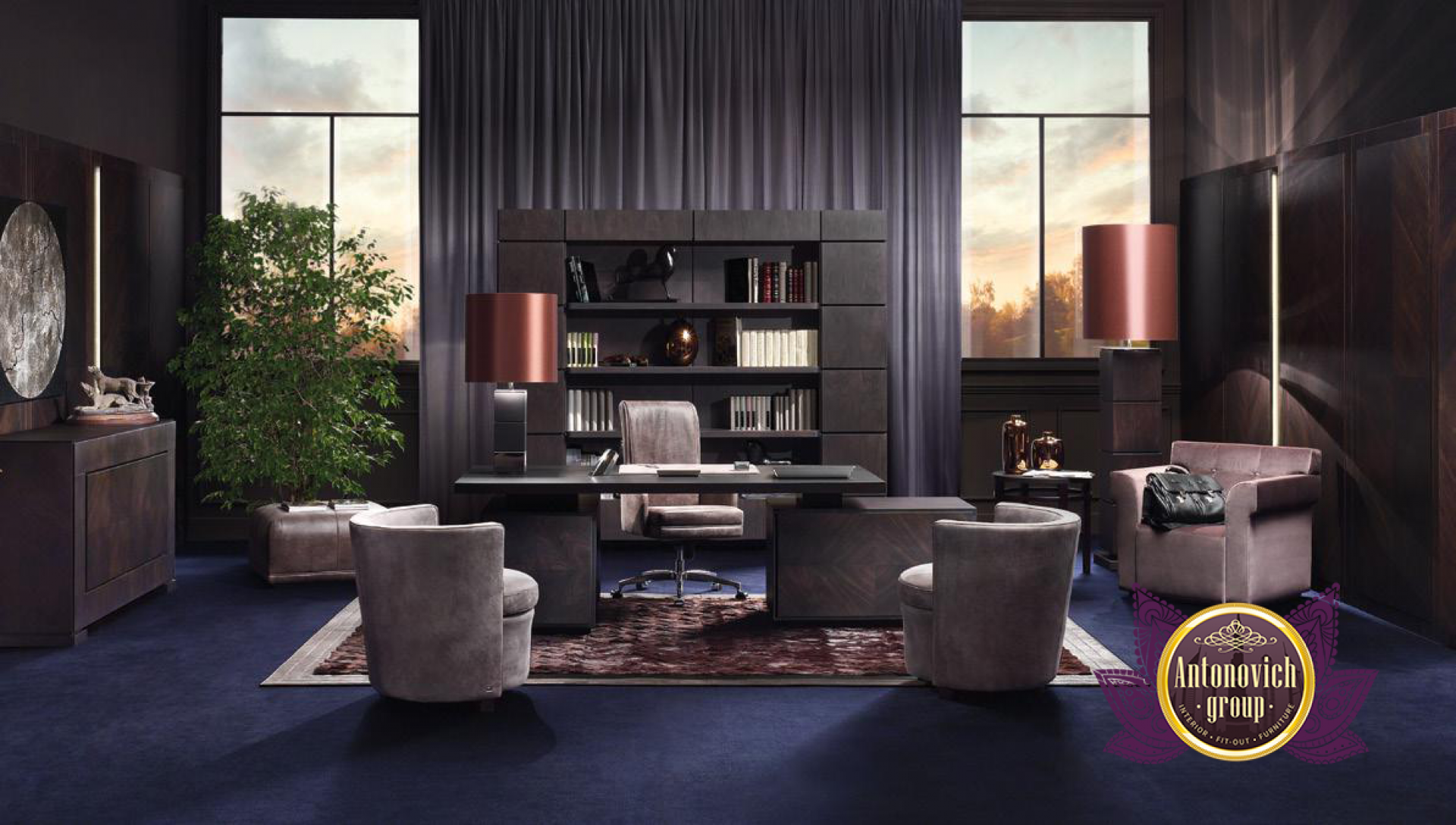PLANNING FOR A MODERN HOME OFFICE
Until March 2020, a home office was one of those optional features that were usually disregarded. It's likely that if you had a WFH day, you set up shop on the couch in the living room, the kitchen counter, or perhaps your bed to react to emails. Yet, as remote work and online learning have become the norm for families across the United States, the home office has developed into one of the most crucial and desired areas in the house. To ensure that the workplace works as hard and successfully as you do, it is vital to design it with a few key principles in mind.

The desk is the most important piece of any interior home office, yet positioning it improperly can have a significant negative impact on productivity. For instance, putting your back at the entrance may make you feel anxious whereas facing a wall is likely to be dull. Also, try to place your workspace as close to a source of natural light as you can. Some people prefer to arrange their workstations so that they face the window, but if that is too distracting, place the desk so that it is perpendicular to the window. Install window covers to block glare if the most productive placement places the window behind you, where it will light onto your monitor. Sitting down more often is not good for our bodies or our minds.
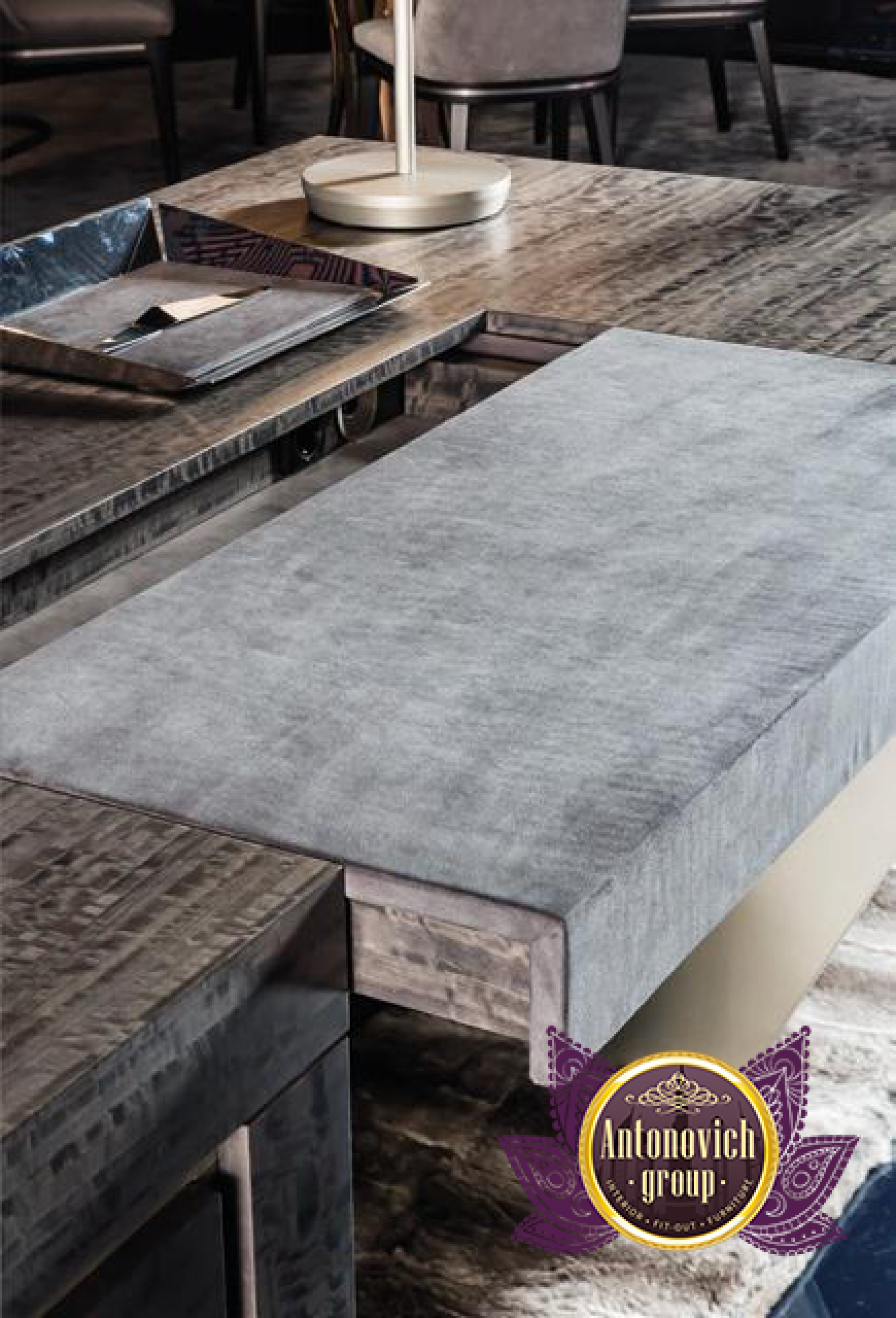
Our thoughts typically follow suit when our bodies are unfocused. Your energy and focus will increase when working at a standing desk, reducing the chance of back pain from hunching over a laptop or sitting in uncomfortable chairs. While using video conferencing, desk location becomes significantly more difficult. If you're going to be participating in a lot of video conversations, make sure there aren't any background motions or items that you don't necessarily want everyone to see.
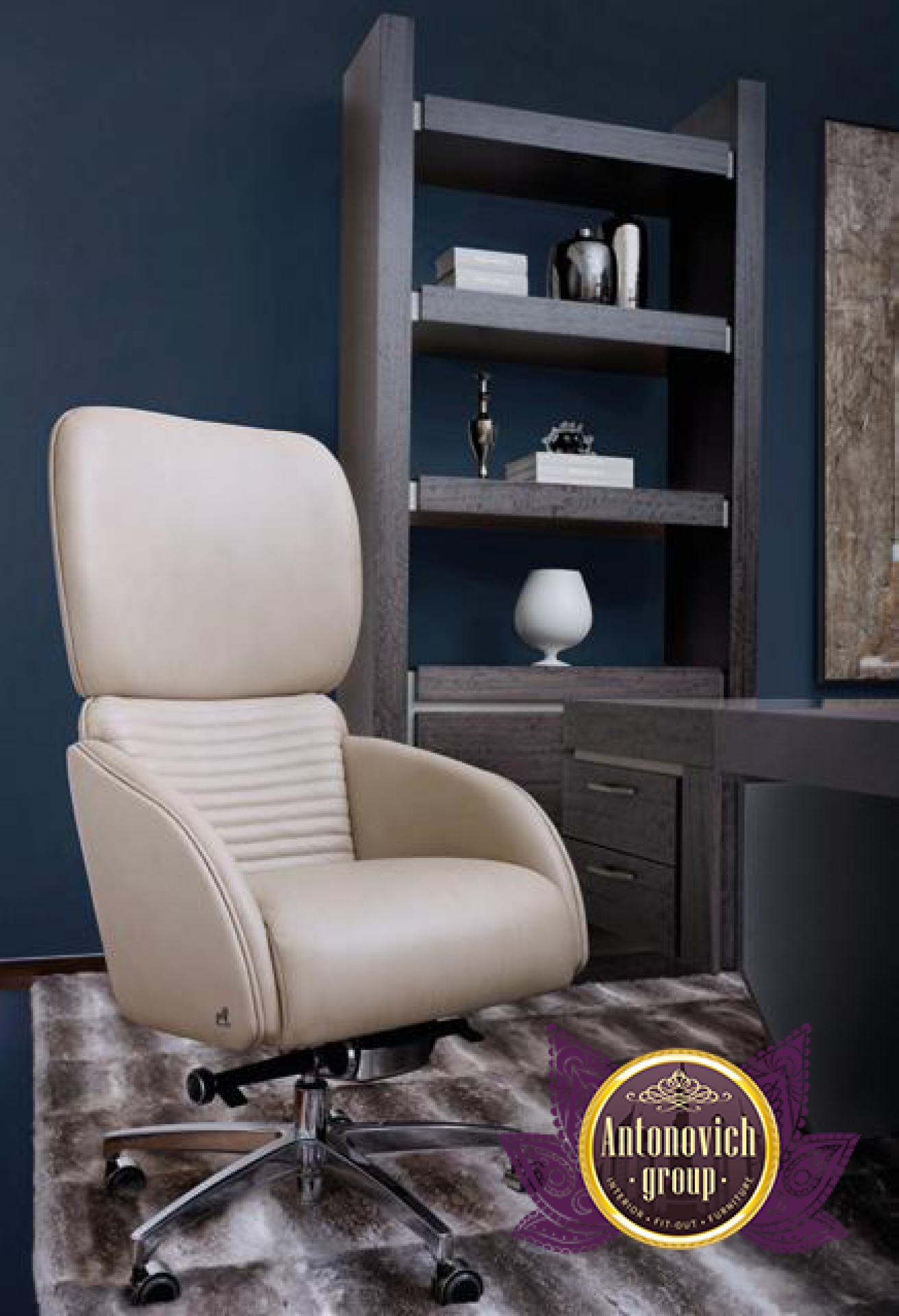
In today's digital era, file cabinets, and document storage have less significance in luxurious home offices. Electronic equipment is instead built to be stored in storage. There is always access to a printer, fax machine, and maybe a shredder. Instead of being on the show, these goods should always be kept nearby. We need to plan extensively in advance so that we can think about where wires will go and how to effectively disguise them. It's typical to maximize space and create visual interest by placing the workstation in front of a wall of built-in bookcases and cabinets. The cupboards hide the office supplies and ugly wifi boxes, but the open shelves allow you to show off your uniqueness.
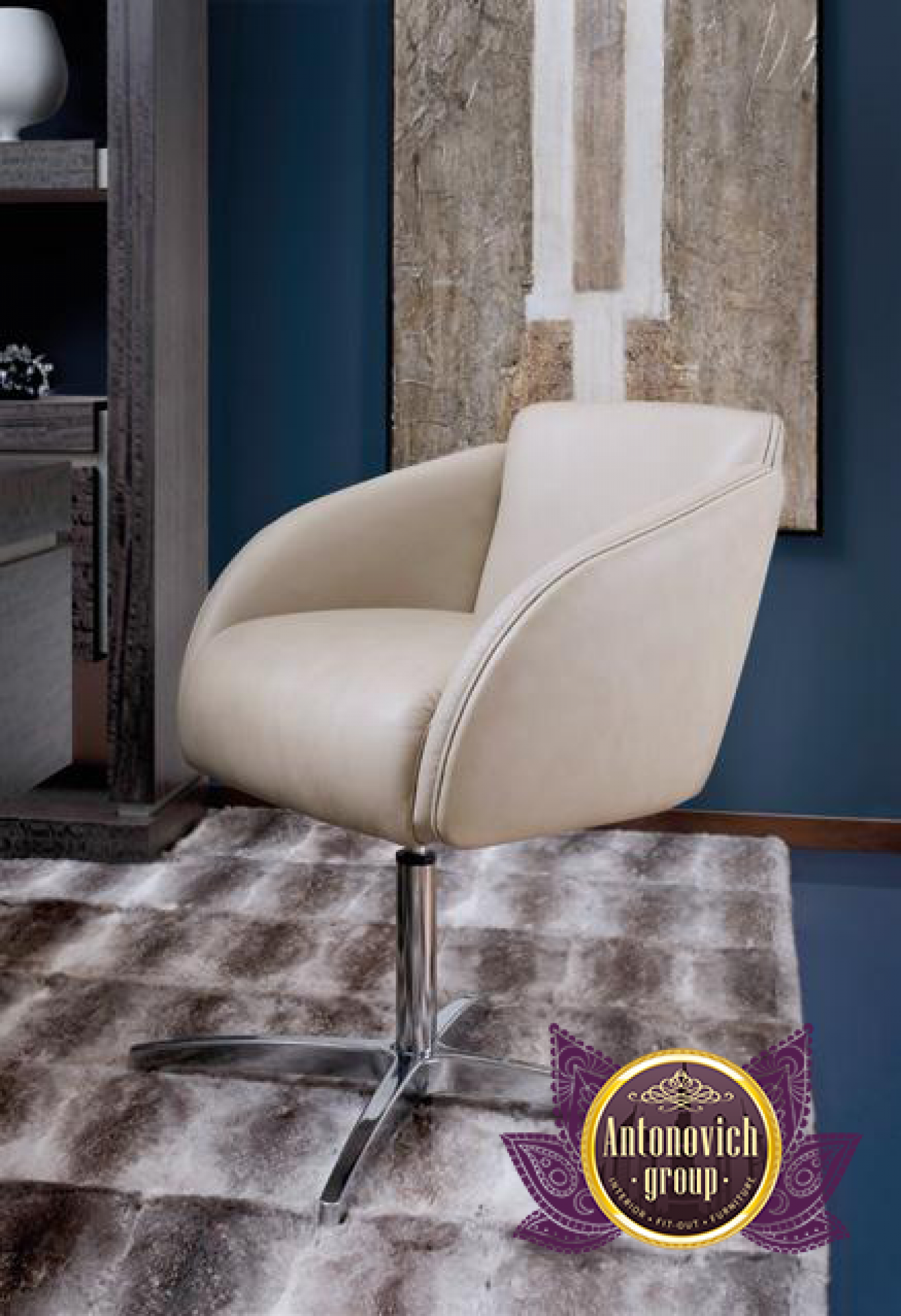
Both furniture arrangement and lighting are important components of a good room plan. Planning is required for lighting arrangement. As most meetings take place throughout the day, we want to start with natural lighting. Having a separate workspace at home may help you avoid distractions, and a well-decorated space typically inspires creative thinking. You have the opportunity to showcase your favorite design elements in your home office. Choose dark colors, gold accents, and dark woods. Minimalist designs include light colors, natural woods, and contemporary lighting. Antique designs include tastefully refurbished cabinets. You may build a functional area that also looks trendy by using built-in storage, removable wallpaper, modern paint colors, patterned rugs, and repurposed furniture, to name just a few options.
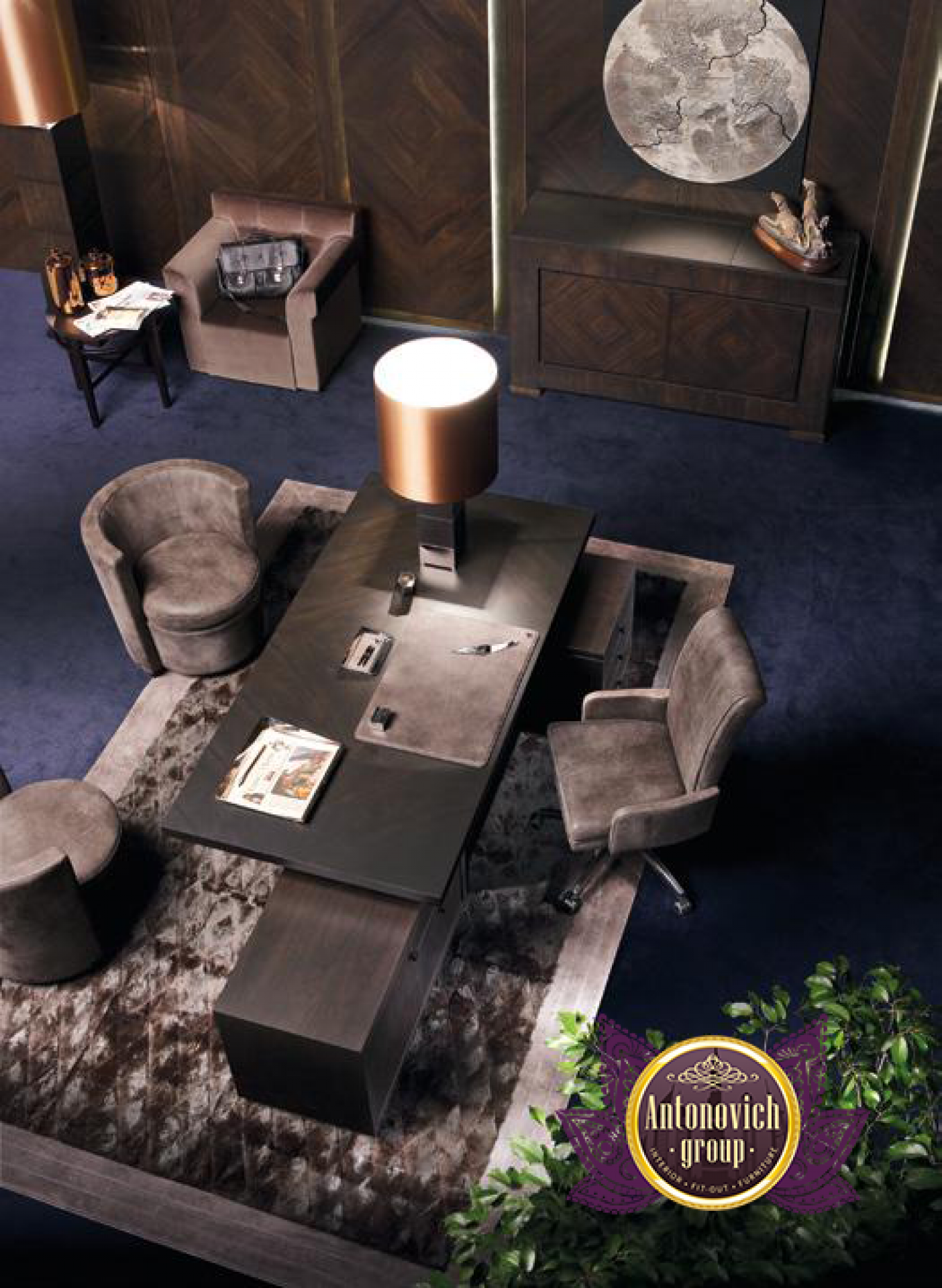
Pick vibrant motifs and hues that are certain to grab your imagination or keep it simple, conventional, and tidy to put your mind at peace. You'll undoubtedly find a work-from-home office design idea that complements your own taste, will probably increase productivity and will be beneficial to your mental well-being. Possibilities include spacious rooms, underground workplaces, and cozy little nooks in living areas.
